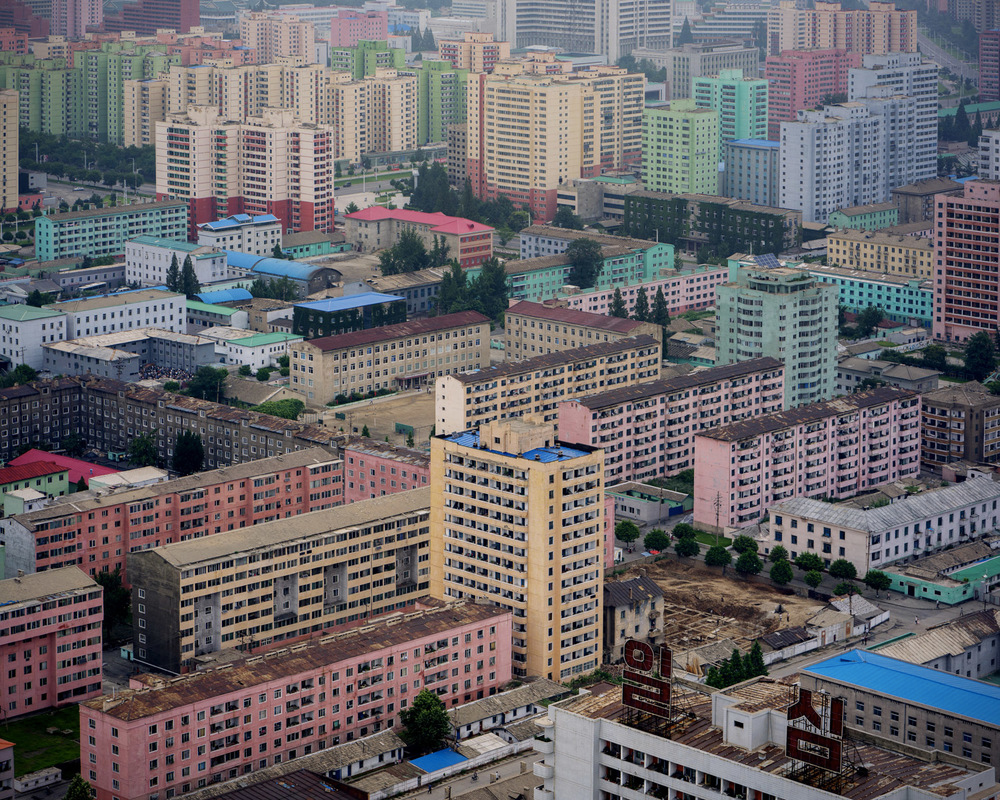
Photography: Raphael Olivier
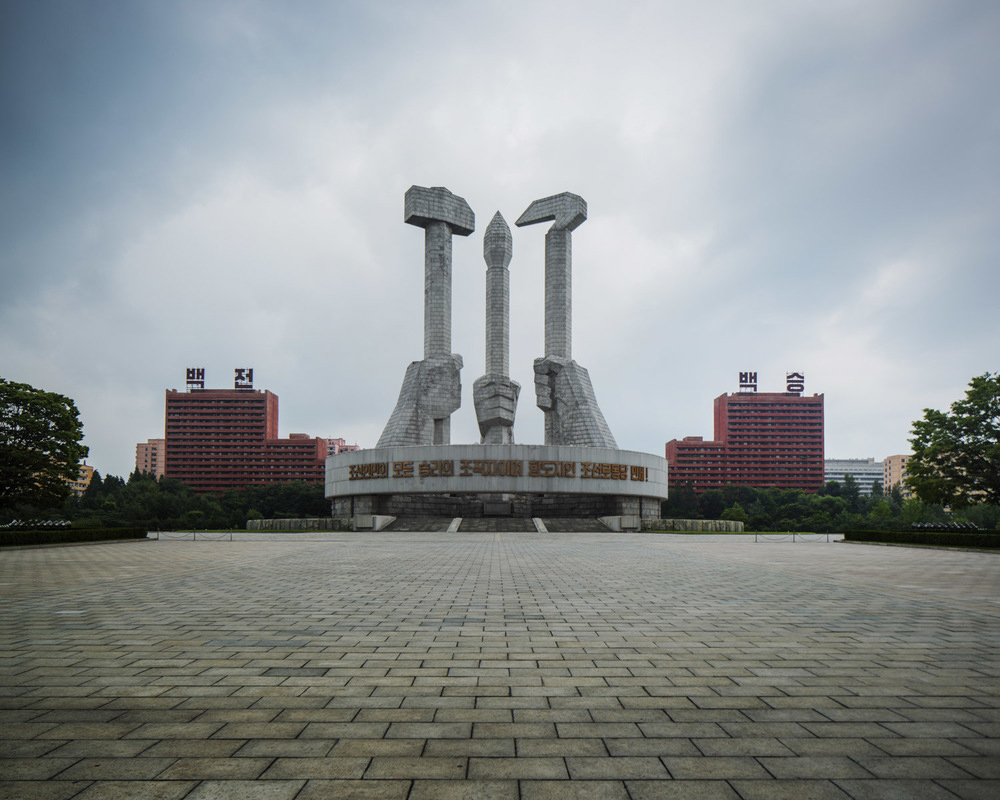
Photography: Raphael Olivier
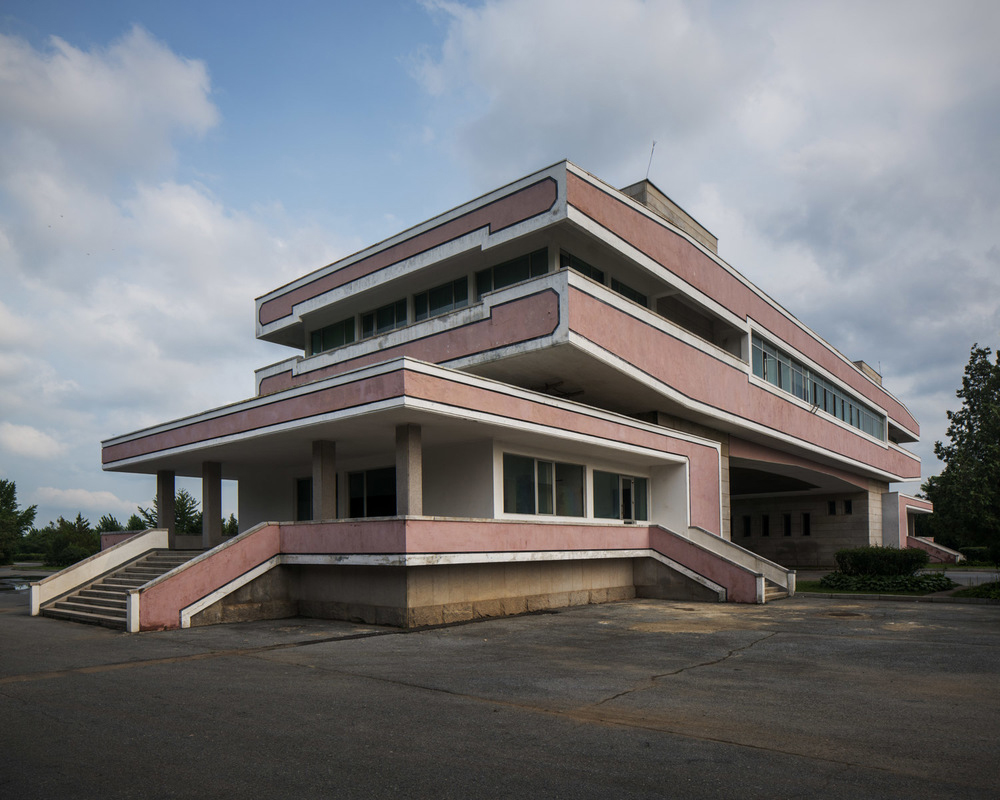
Photography: Raphael Olivier
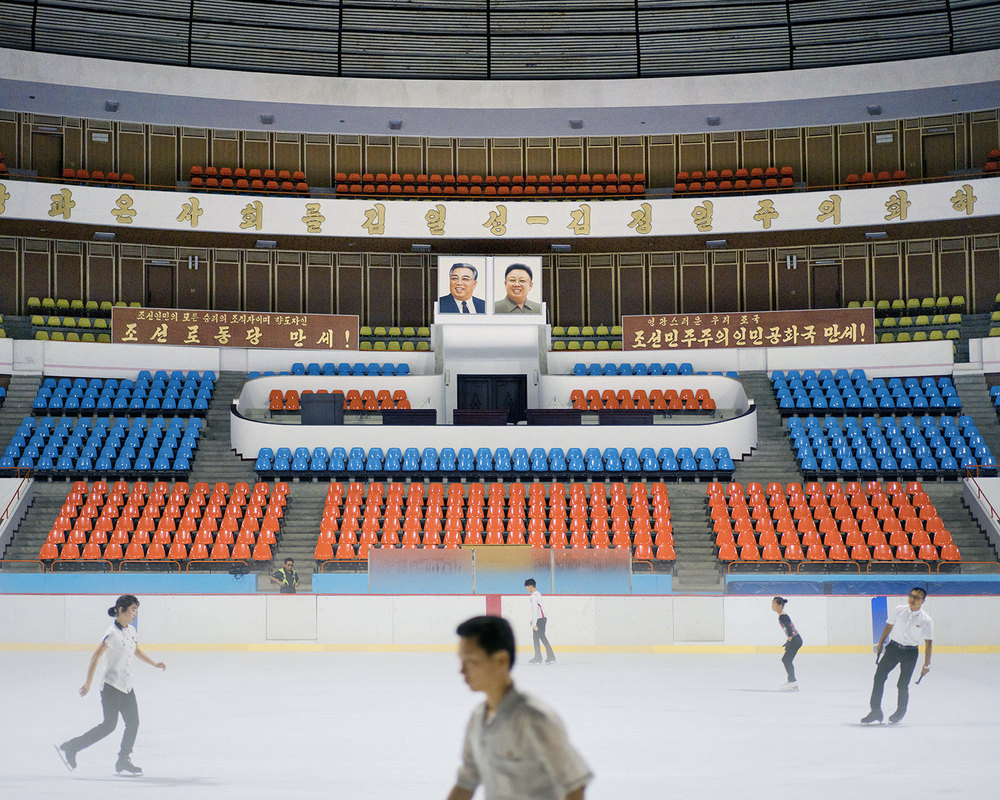
Photography: Raphael Olivier
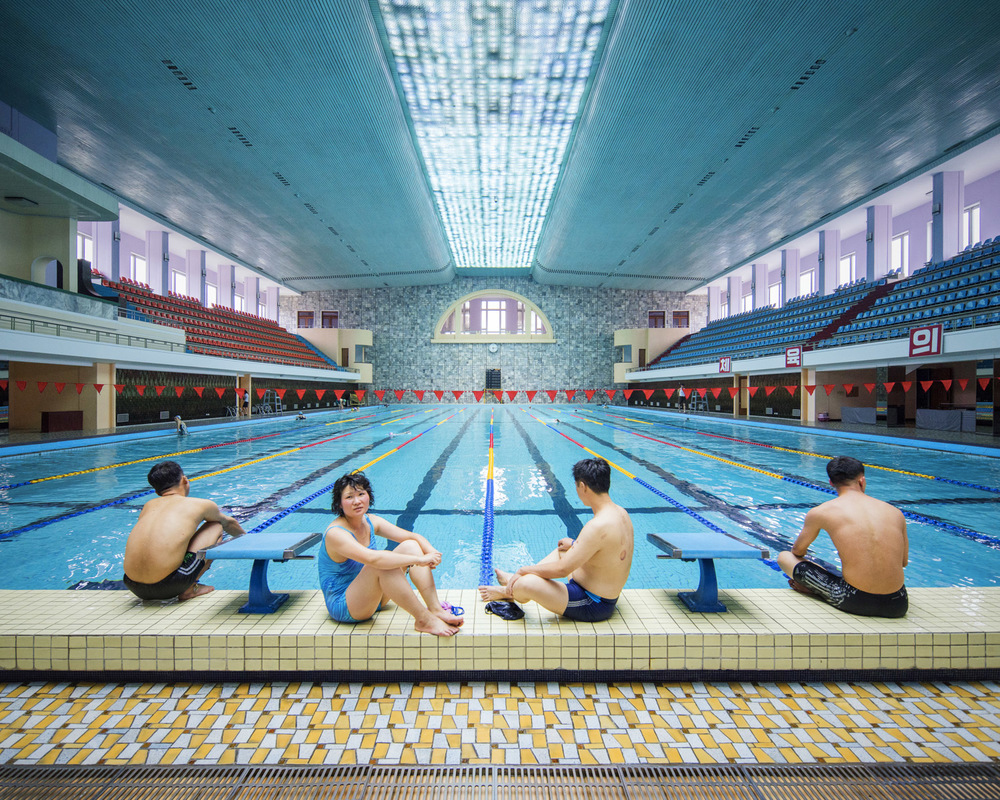
Photography: Raphael Olivier
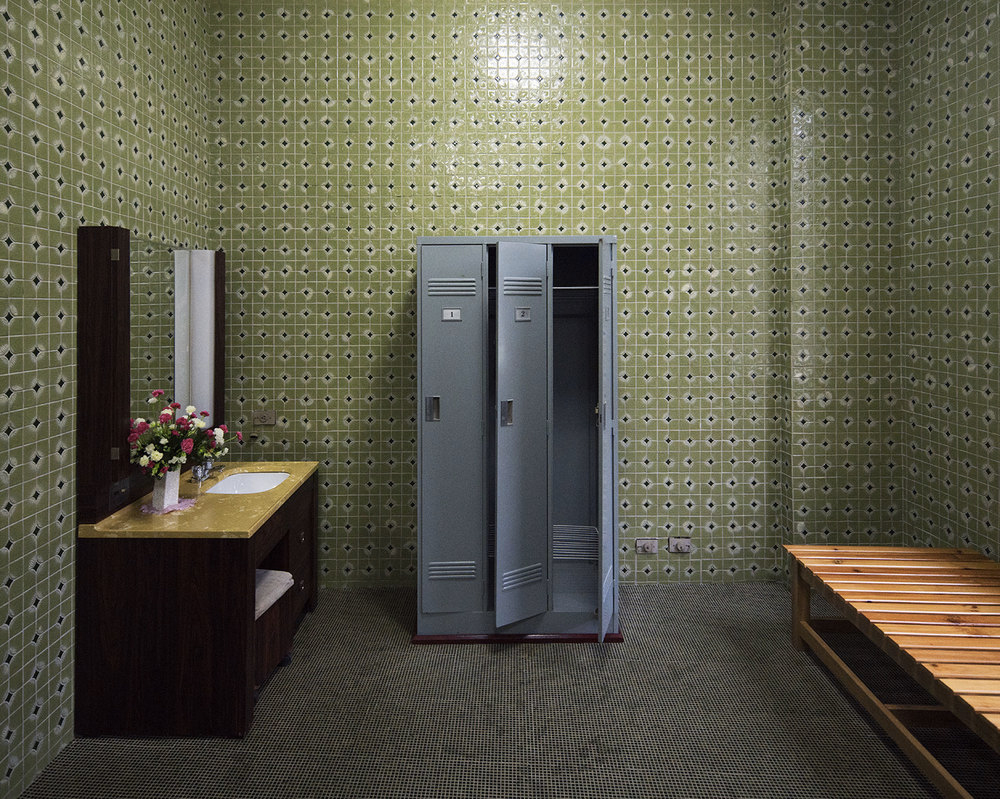
Photography: Raphael Olivier
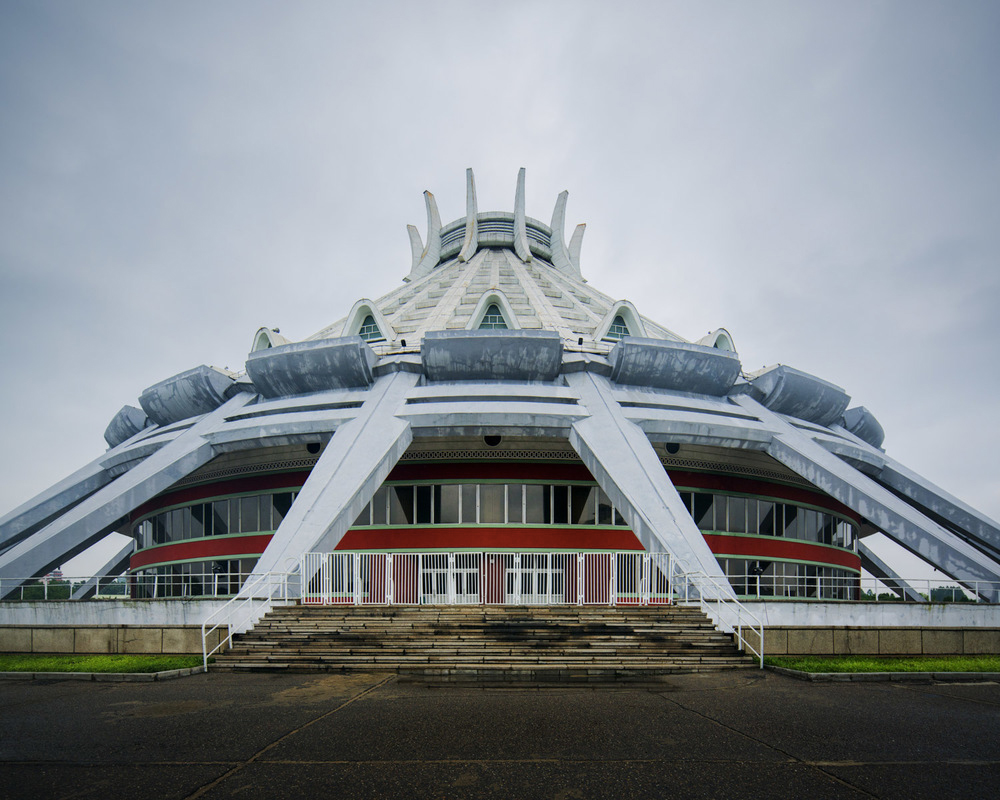
Photography: Raphael Olivier
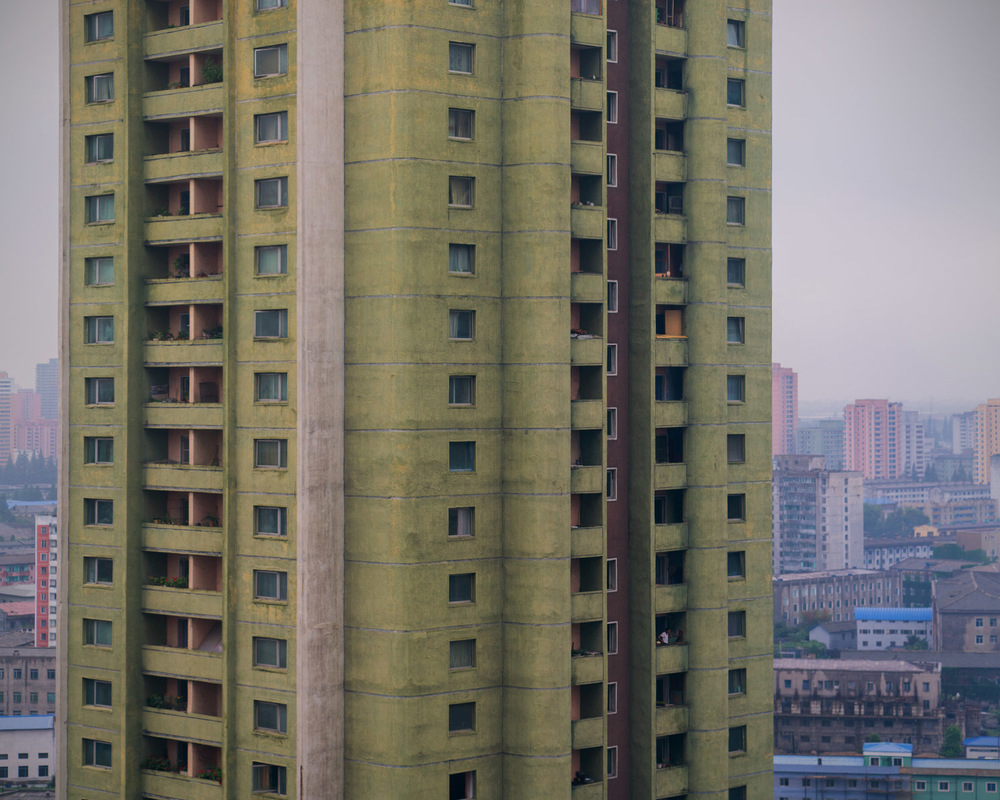
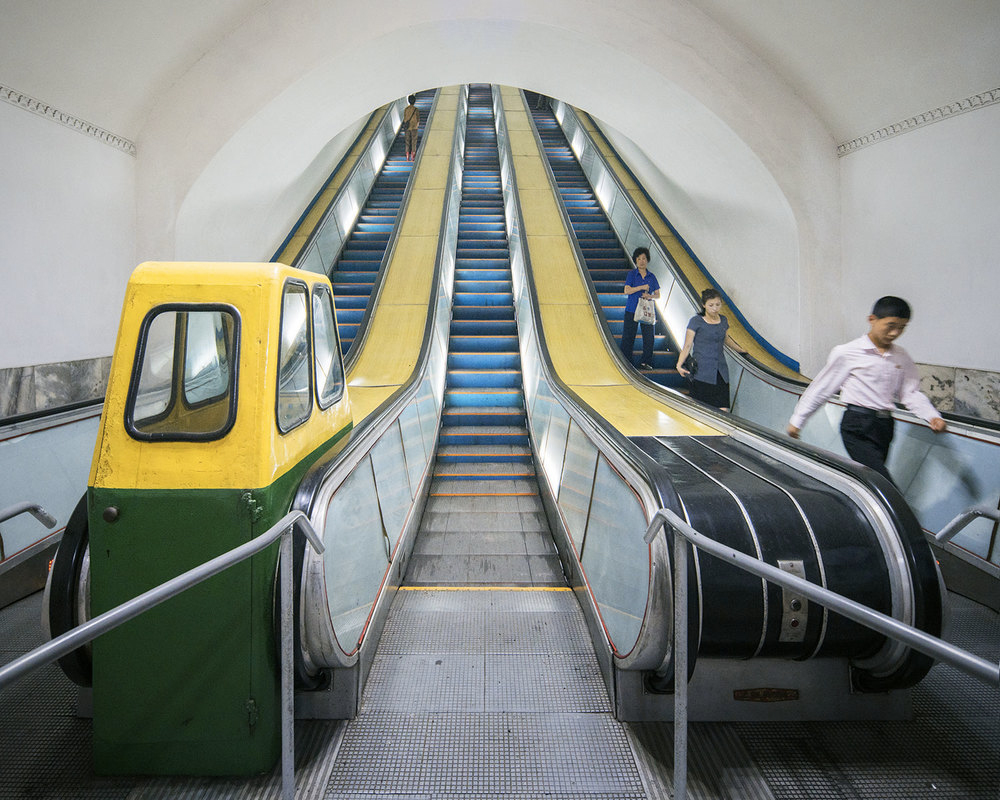
Photography: Raphael Olivier
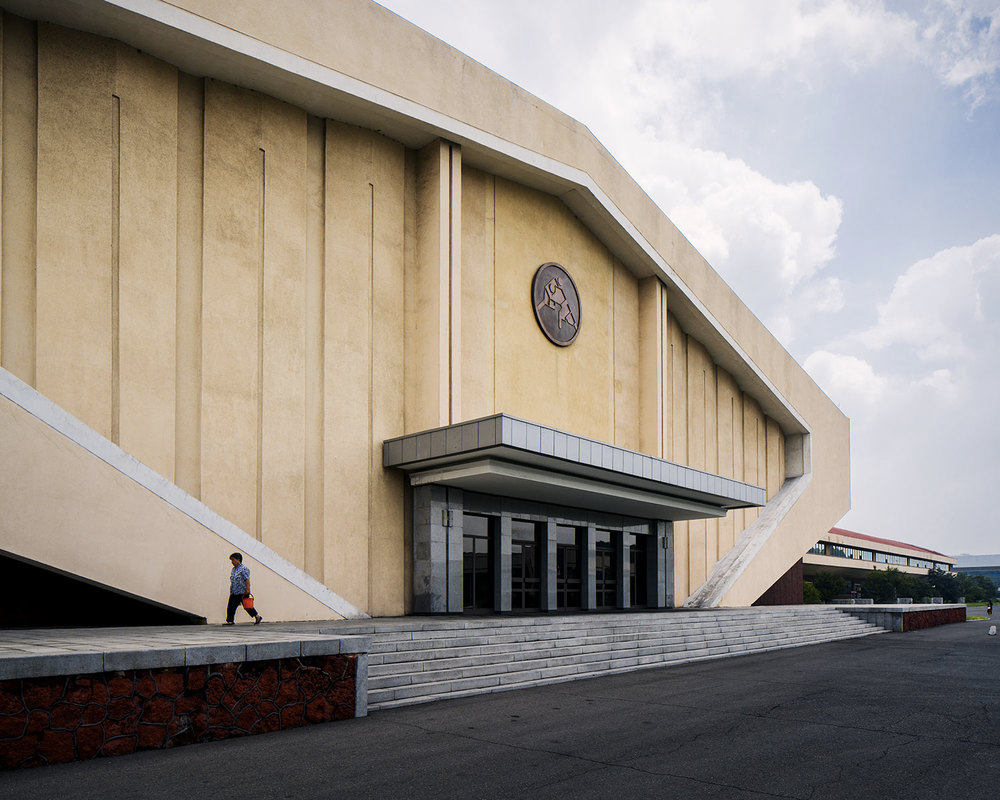
Photography: Raphael Olivier
‘I’ve travelled to many parts of the world, even off the beaten track countries like Afghanistan, Iran and Bangladesh, but this place was unlike anything I’d ever seen before,’ say Raphael Olivier.
The photographer is talking about Pyongyang, where he spent a week documenting the pastel-coloured buildings of the North Korean capital for his series, Vintage Socialist Architecture.
‘Visually, Pyongyang is just so surreal,’ he says. ‘Spectacular architecture, unique pastel colours, impeccable symmetrical designs. The place is bare, raw, and radiates a powerful energy of its own. This is what intrigued me’.
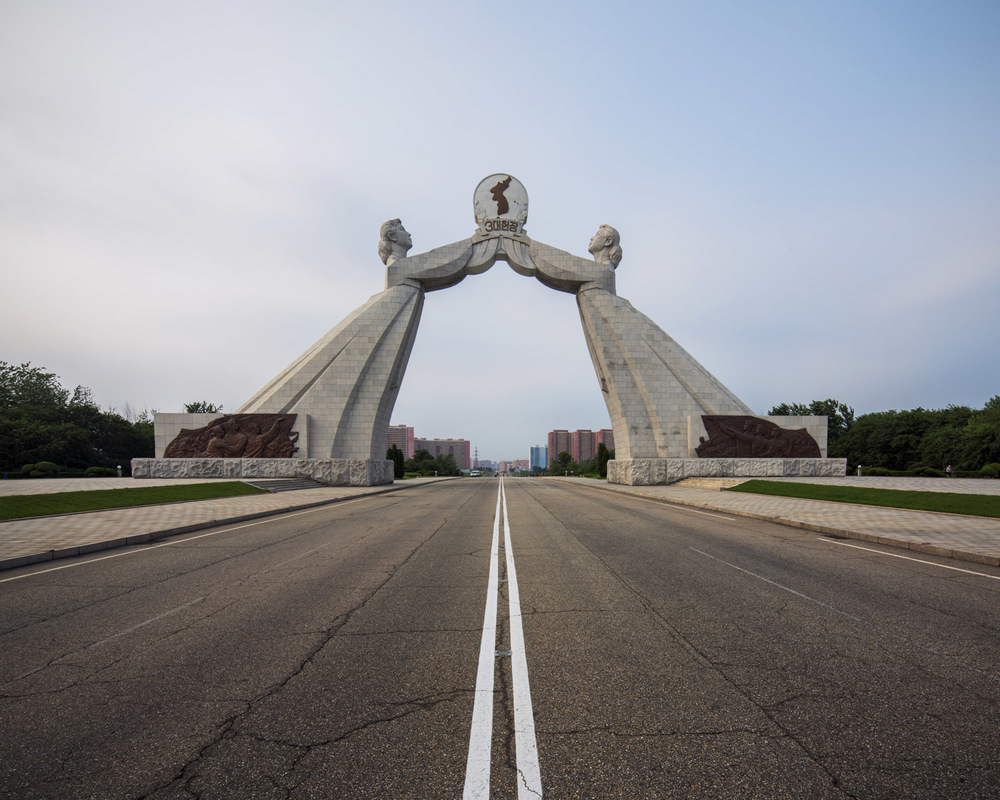
Getting into the country is notoriously difficult but that could be set to change. In June 2015, Marshal Kim Jong-un’s government announced it wants to welcome two million tourists per year by 2020, meaning it should (in theory, at least) become easier to visit the ‘Hermit Kingdom’. Olivier – who obtained his VISA via specialist tour operator Koryo – argues it’s already much more open than the media would have you believe…
‘Access is of course restricted and, as a tourist, one is not free to walk around without guides, but that’s ok,’ he says. ‘Overall the country is not as closed as you might imagine, and clearly not as closed as most media try to depict it.’
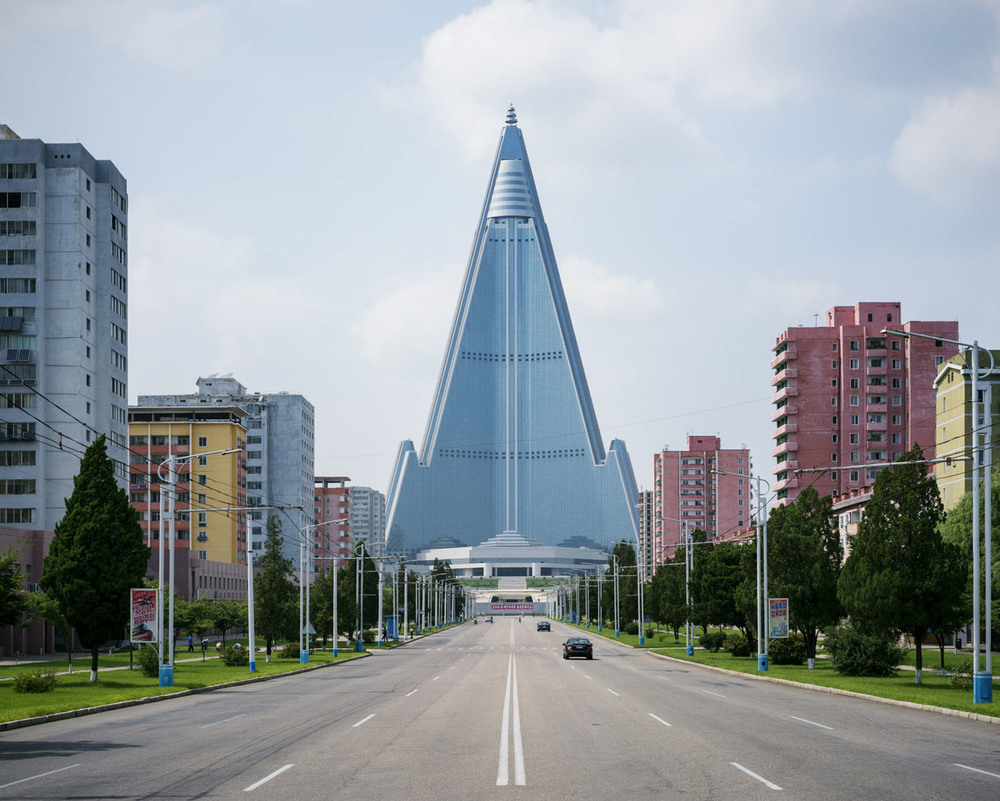
It seems that The Marshal’s government has also cottoned on to the tourist pulling-power of the country’s audacious architecture – especially in the capital. Its skyline is marked by behemoths like the unfinished, rocket-like Ryugyong Hotel while monuments like the hammer-and-sickle Monument to Party Founding dot its public parks.
Pyongyang – almost completely destroyed during the Korean War of 1950-1953 – was rebuilt with help from the USSR’s architects and planners, who turned it into a ‘mini-Moscow’ marked by Neo-Stalinist buildings and wide boulevards.
But almost as quickly as the buildings went up, the Democratic People’s Republic of Korea founding father Kim Il-sung decided that there’d be no more foreign architectural influence. Instead the country would develop its own ‘convenient, cosy, beautiful and durable’ national style, ‘in taste with the masses’ – as son, Kim Jong-il, would later describe it.
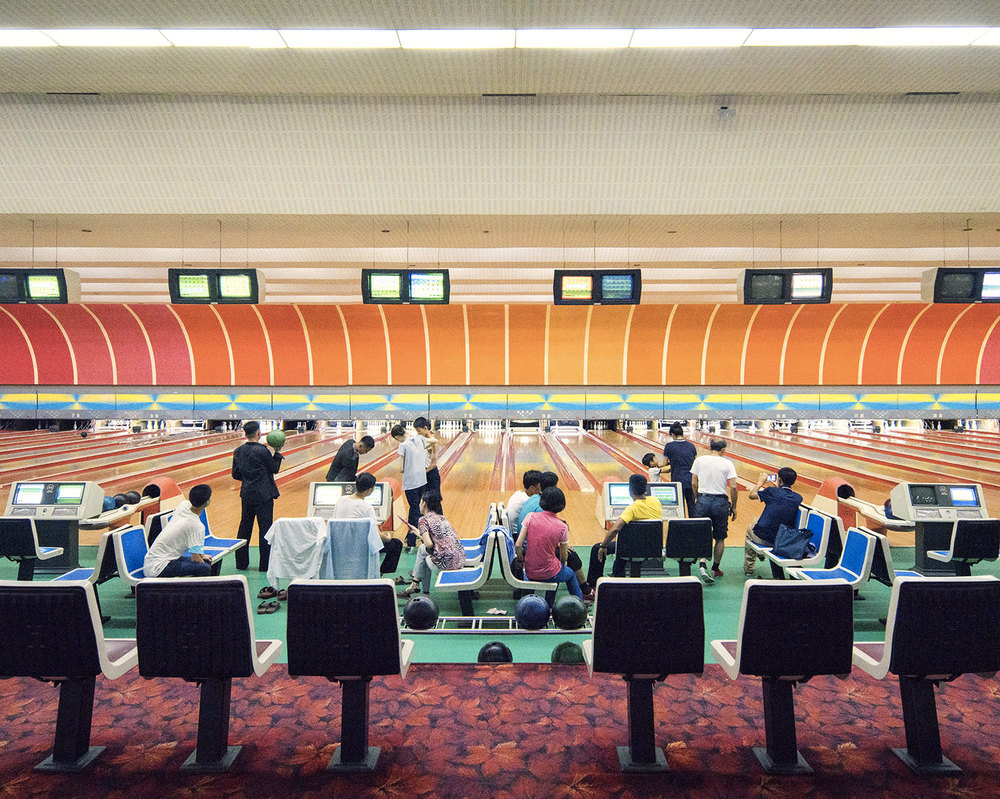
Fast forward to 2016, and current leader, 32-year-old Kim Jong-un is determined to refresh this for the 21st century.
While many of the Russian buildings of yore are being torn down, a fleet of futuristic structures are being designed to replace them. These buildings represent the new DPRK, or at least, what The Marshal wants the world to think it is. Water parks, shooting ranges, and ‘Pyonghattan’-like apartment towers double as showpieces for ‘communism today’; backdrops for carefully managed photoshoots and Instagram fodder for tourists.
Step beyond the capital, however, and it’s a different story…
See more from ‘Vintage Socialist Architecture’
Read next: Tour the hidden Brutalist bunkers of the French Alps























